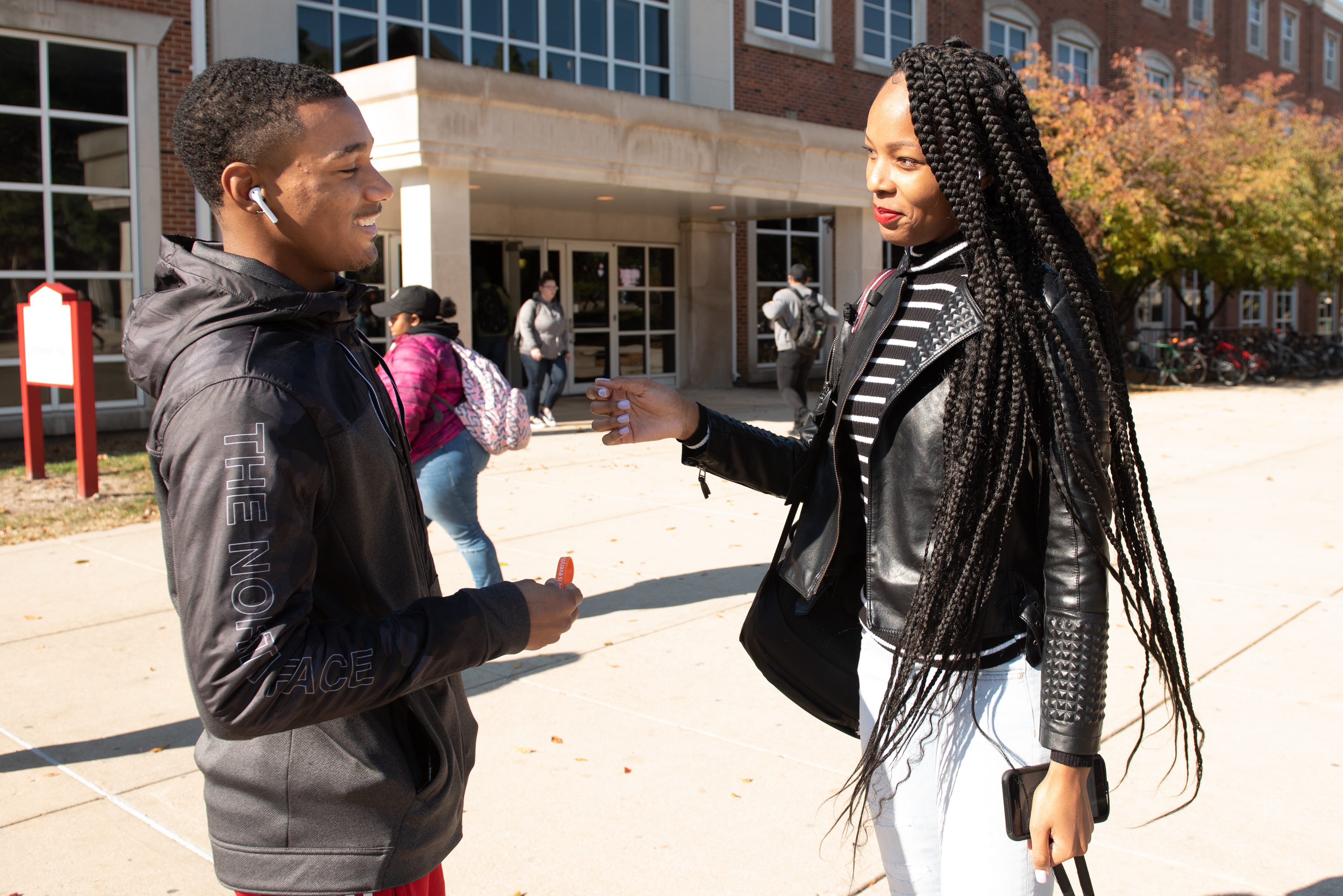Americans Place Highest Value on Higher Ed Programs that Align with Career Pathways
According to a new report from nonprofit Strada Education Network, American adults most value higher education programs that are directly related to their career paths. “Changing the Value Equation for Higher Education” is based on the Strada-Gallup Education Consumer Survey, a poll of 340,000 adults across the United States on the value of their educational experiences beyond high school. To measure that value, the report introduced the Strada Education Consumer Value Equation: a calculation of both “how strongly consumers believe their education was worth the cost” and whether they believe their education “makes them an attractive job candidate.” (In contrast, other recent studies have focused on lifetime wages as a measure of educational value.)
State Launches New Jersey STEM Strategic Advisory Board
This inaugural Board was launched by the New Jersey STEM Pathways Network, an initiative of the Research & Development Council of New Jersey, and will provide leadership and expertise for a statewide STEM (“Science, Technology, Engineering, and Math”) vision in education and workforce. It also plans to fund innovative STEM programs with data-driven results. The Board includes business and philanthropic leaders and will seek to continue to grow over the course of the year. “Through collective impact, this Board will improve ROI by uniting business and philanthropic leaders to streamline charitable investments and breakdown silos for success in STEM education and workforce development programming,” said New Jersey Governor Phil Murphy.
As Stigma Ebbs, College Students Seek Mental Health Help
More college students are turning to their schools for help with anxiety, depression and other mental health problems, and many must wait weeks for treatment or find help elsewhere as campus clinics struggle to meet demand, an Associated Press review of more than three dozen public universities found. On some campuses, the number of students seeking treatment has nearly doubled over the last five years while overall enrollment has remained relatively flat. The increase has been tied to reduced stigma around mental health, along with rising rates of depression and other disorders. Universities have expanded their mental health clinics, but the growth is often slow, and demand keeps surging.
Education Leaders, Governor Commit to Getting Kids Through College Sooner
Gov. Pete Ricketts, Nebraska education leaders and a state business representative committed Tuesday to nudge students toward college graduation without dally or delay. By getting through college expeditiously, students can enter the workforce, start their professions, earn money and incur less student-loan debt. Ricketts and others met Tuesday at the State Capitol to promote a general plan built on a program that the University of Nebraska system devised three years ago. Although NU’s concept is simple, leaders of two-year colleges and state colleges agreed to join in the “Commit to Complete” program. They vowed to accentuate the need for students to graduate “on time” (two years for community colleges, four years for the NU system and state colleges) or as close to that as possible.
Looking for Solutions to a Black Exodus in Illinois Higher Education
U.S. Releases Earnings Data for Thousands of College Programs
The U.S. Department of Education on Wednesday released data on first-year earnings of college graduates, for the first time broken down by program level. The information, collected from federal tax data, is the most comprehensive and likely accurate information on different college programs currently available. Combined with the program-level debt information the department released in May, prospective students, researchers and administrators can now — as some have already done — slice and dice the information to identify what majors are “worth it” (in at least one simplistic way) and which college graduates earn the most. But the data are likely to continue, rather than end, debate over whether vocationally oriented data like earnings and debt are the right way to judge higher education programs.
National Survey of Postsecondary Competency-Based Education
Competency-based Education (CBE) programs have attracted great interest across higher education over the last decade. These learner-centered programs are designed to teach students particular competencies, and students advance through a program based on demonstrated mastery of a competency rather than on credit hours or grades. The National Survey of Postsecondary Competency-Based Education (NSPCBE) is an annual, web-based survey of postsecondary institutions in the United States, geared toward assessing the state of the CBE field, including both institutions that are interested in adopting CBE and those already on the adoption pathway.

